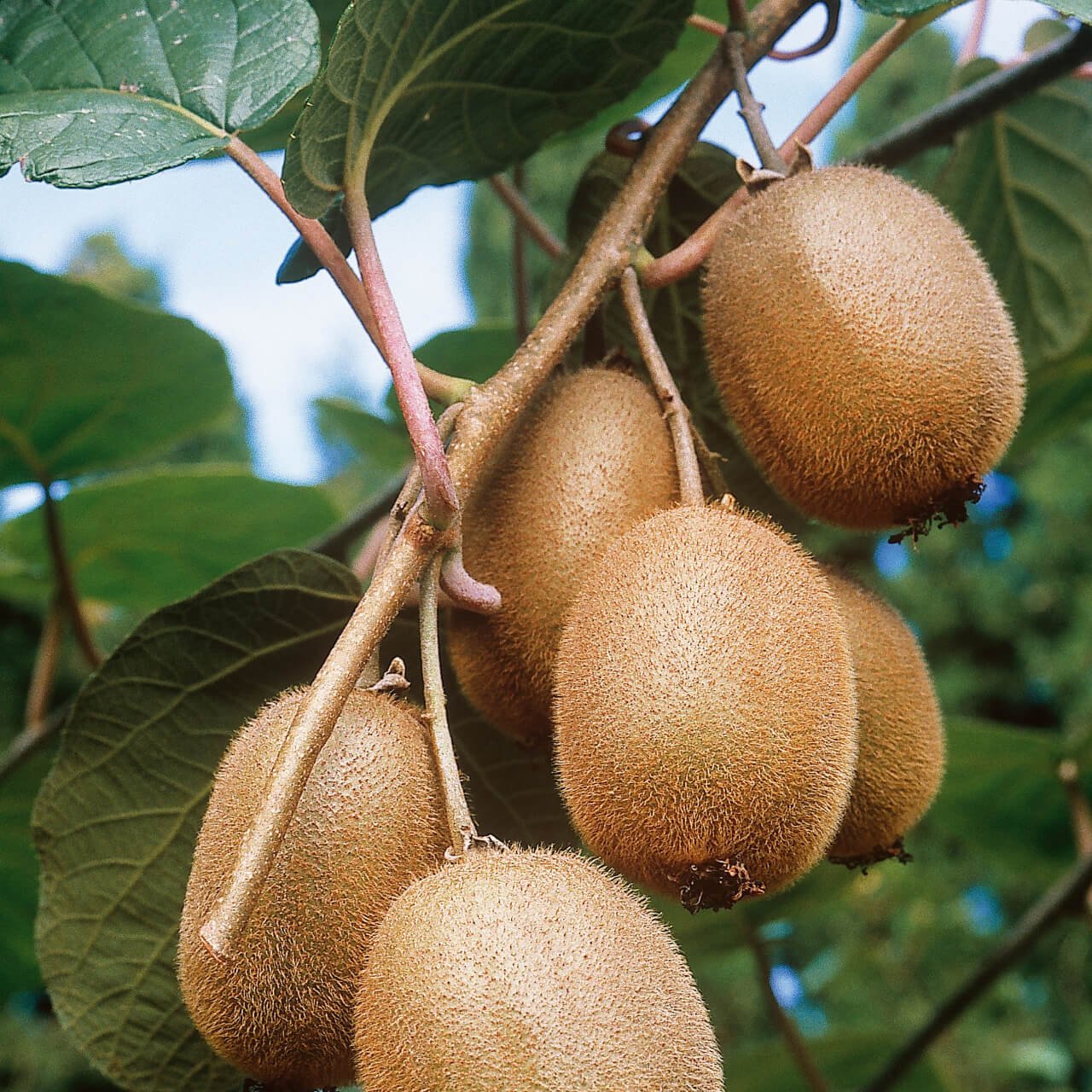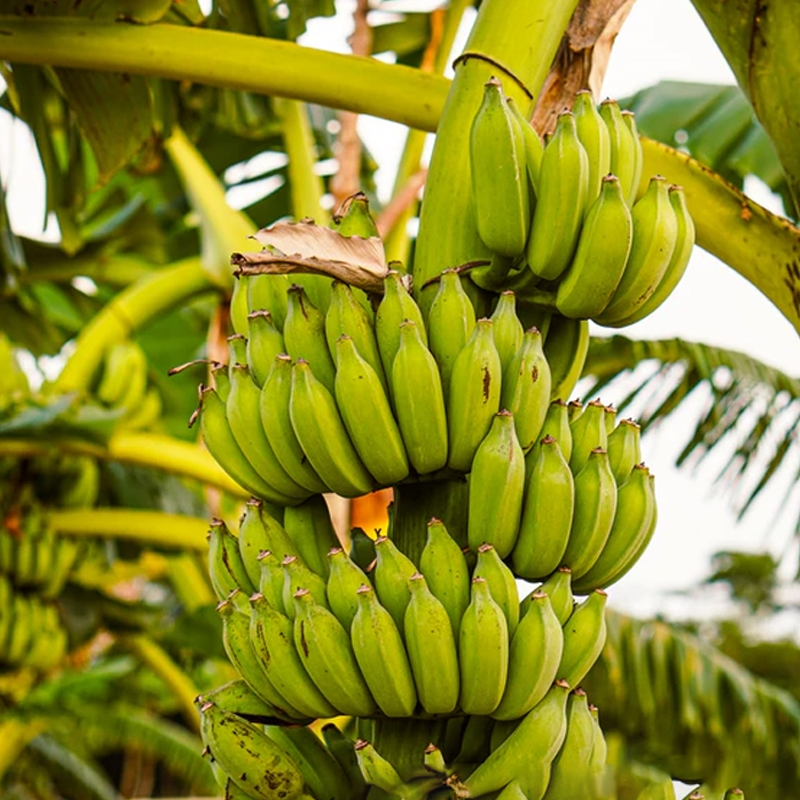



Wild Blackberry
Attracts pollinators like bees and butterflies
Provides excellent ground cover
Easy to grow in various climates
Thrives in
ZONE 3ZONE 4ZONE 5ZONE 6ZONE 7ZONE 8ZONE 9This plant ships:
Ships November–April within 10 business days after the order is placed.Wild Blackberry - Rubus Moluccanus
Wild Blackberry is a thorny, woody shrub that produces small, sweet, and black or dark purple berries, often found in various habitats, including woodlands, fields, and along roadsides.
They are delightful additions to any garden or natural landscape, offering many benefits beyond their fruits. These hardy and versatile plants display various attributes that make them desirable for planting and cultivating.
One notable attribute is their adaptability to various environmental conditions. They are commonly found in temperate and subtropical regions, thriving in diverse soil types ranging from sandy loam to clay. Additionally, they can tolerate almost anywhere planted, making them an ideal choice for many different garden settings.
Aesthetic Value Of Wild Blackberry
Another appealing feature of these plants is their aesthetic value. These bushes sport lush green foliage that turns shades of red and orange in the fall, creating a stunning display of colors as the seasons change. The plants produce beautiful white or pink flowers in spring, adding further charm to the landscape. With their graceful arching canes, they also serve as excellent natural barriers or hedgerows, enhancing privacy and providing habitat for wildlife.
Wild Blackberries Play A Vital Role In Supporting Wildlife
Beyond their ornamental value, they have ecological importance. They provide for various animals, birds, and insects. The dense thickets they form offer nesting sites for birds, while the berries serve as a crucial source for small mammals, such as chipmunks and raccoons, as well as pollinators like bees and butterflies.
Moreover, these plants contribute to soil conservation. Their extensive root systems help prevent erosion by stabilizing the soil and minimizing the risk of water runoff. Their capacity to colonize disturbed areas also aids in ecological restoration efforts, as they can help reclaim damaged landscapes.
This Native Fruiting Shrub Attracts Wildlife
These plants can be part of a carefully planned wildlife garden for gardeners looking to attract wildlife. Their ability to draw in birds and insects provides a rewarding experience for nature enthusiasts, fostering a connection with the local ecosystem.
In conclusion, plants possess various attributes that make them desirable for planting. From their adaptability to different environments and aesthetic appeal to their ecological significance and soil-conserving properties, these plants offer numerous benefits to both gardeners and the environment. By incorporating them into landscaping or wildlife gardens, individuals can create vibrant, biodiverse spaces that celebrate the beauty and functionality of nature.
Scientifically known as Rubus fruticosus, is a captivating and ubiquitous plant that thrives in various natural landscapes across North America and many other parts of the world. This resilient perennial shrub belongs to the Rubus genus within the Rosaceae family and is celebrated for its profound connection to the untamed beauty of the wilderness.
At 3 to 10 feet tall, the shrub boasts an intricately woven network of arching canes adorned with thorny stems. These thorns, though formidable, serve as a natural defense mechanism for the plant against herbivores and provide an added layer of complexity to its appearance. The foliage features lush, dark green leaves with serrated edges, lending the plant a dense and inviting texture.
One of the shrub's most captivating aspects is its seasonal metamorphosis. In spring, delicate white to pale pink blossoms adorn the canes, exuding a sweet, subtle fragrance that attracts an array of pollinators, from bees to butterflies. As the seasons progress, these blossoms give way to the formation of tiny, green berries that gradually ripen into rich, glossy black orbs of natural bounty.
Though not the focus here, the mature blackberries are a testament to the plant's role in providing sustenance to wildlife and humans.
It symbolizes untamed beauty and tenacity. It thrives in various habitats, from open meadows to forested slopes, and can often be found alongside hiking trails, where its canes create natural barriers. Its presence is a reminder of nature's ability to flourish and adapt in diverse environments and an invitation to research the marvels of the natural world. With its thorny canes and fragrant blooms, the shrub stands as a testament to the intricate web of life in the wild, where every element plays a vital role in the ecosystem.
Where do they grow best
They prefer well-drained soils and do well under full sun but can also grow well in places with a little shade. They can be found anywhere with moderate humidity and a very slightly acidic to slightly alkaline pH of about 5.5 to 7.
What is the lifespan of it
They can last for 15-20 years if the plant is grown under the right conditions.
How fast do they grow
They can grow into mature canes of 3-6 feet in height in a year. Once established can become invasive in some areas because of the fast spread through underground rhizomes.
What is the best fertilizer for them
Use a balanced fertilizer to promote cane development. Also, you can use organic and nitrogen-rich fertilizers.
How to grow them from cuttings
To propagate the wild blackberry through cutting, take a healthy stem of 6-8 inches during the dormant period of the plant. Place the cut end in the rooting hormone, then place the cutting in a pot filled with moist, well-drained soil. Place it in a warm area, but out of direct sunlight, until root systems have formed, and then transplant the plant to the final position.
This Is How Your Plants Will Look upon Delivery

Bloom Season
Spring
Bloom/Foliage Color
White
Height at Maturity
Under 10 Feet
Care
Wild blackberries thrive in well-drained soil with ample moisture. Trim them yearly to promote new growth and remove dead canes. Mulch to control soil dampness and suppress weeds. Fertilize in early spring for best fruit production.
Plant Reproduction
Blackberry spreads via underground runners and seed dispersal by animals.
Shipping date depends on the date displayed and chosen when you order from the product's page.
We only accept returns on plants verified dead. If you think your plants have died, we offer a 1 year warranty, please use this File a Claim Link to verify dead plants and start with return warranty process.






Wild Blackberry
This plant ships:
Ships November–April within 10 business days after the order is placed..png?v=1722444708228&em-origin=cdn.accentuate.io&em-format=auto)
Sweet and Juicy Berries:
Wild Blackberry produces abundant, flavorful berries perfect for fresh eating or making preserves.
Hardy and Resilient:
Thrives in various soil types and climates, making it a reliable choice for many gardeners.
Natural Barrier:
Its thorny canes create a natural fence or barrier, providing both security and a rustic aesthetic.
Low Maintenance:
Requires minimal care and is self-pollinating, making it easy to grow and maintain.
Caring Tips
How do I care for my Wild Blackberry?
Each box contains detailed care instructions and information about your product. But here's the basics.
Care Tips
Wild blackberries thrive in well-drained soil with ample moisture. Trim them yearly to promote new growth and remove dead canes. Mulch to control soil dampness and suppress weeds. Fertilize in early spring for best fruit production.
Light Requirements
Wild Blackberries thrive in full sun to partial shade. They prefer 5 hours of total sunlight daily but can handle some shade, particularly in hotter climates with harsh afternoon sun.
Hardy Planting Zones
3 • 4 • 5 • 6 • 7 • 8 • 9
Header
Use this content to share information about your store and products.
Frequently Asked Questions
How often should I water my plants?
How do I know if my plant is getting too much or too little sunlight?
What should I do to prepare my plants for winter?
What are the signs that my plant needs fertilizing?
How can I prevent pests from damaging my plants?
How do I choose the right plant for my climate zone?






